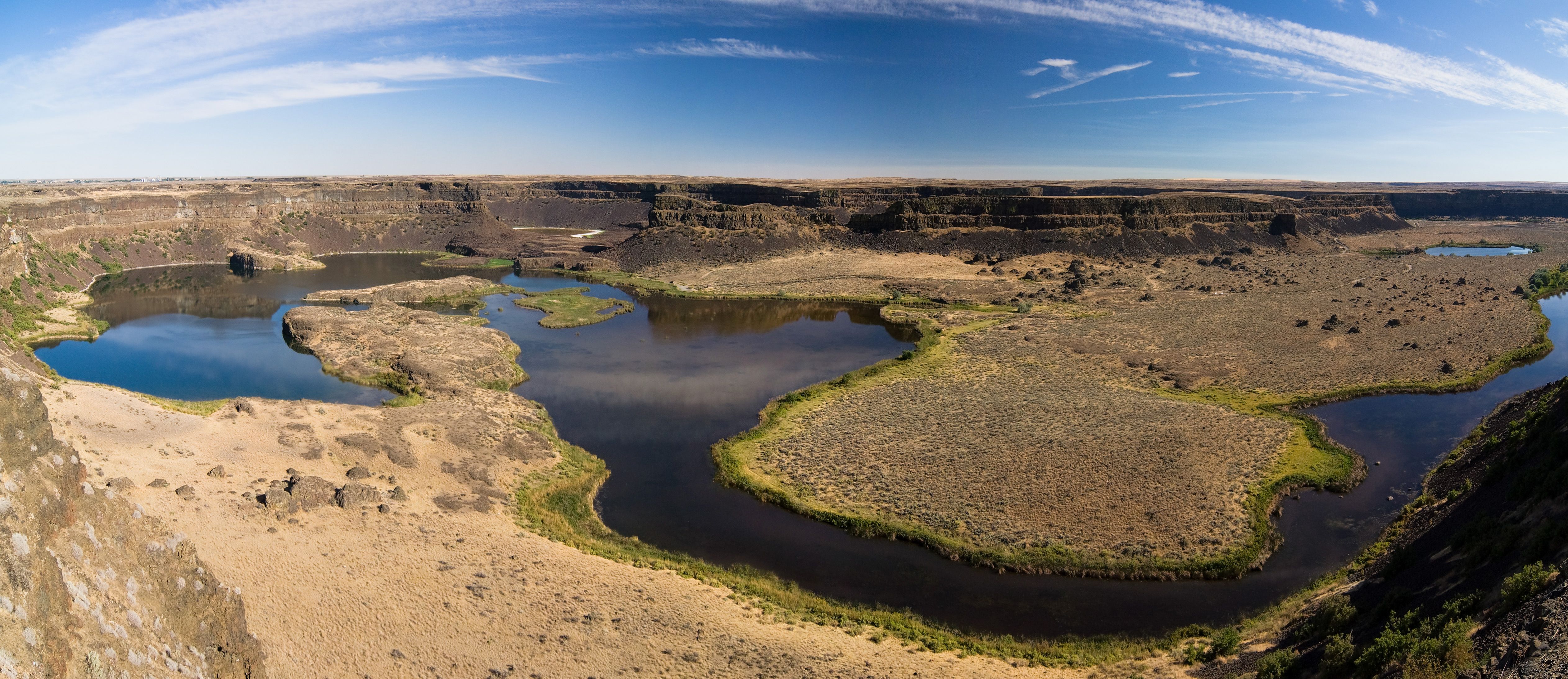The end of Snowball Earth was a tumultuous period in Earth's history. Hundreds of billions of tonnes of rock flour were deposited into the ocean, reacting with water made acidic by volcanic carbon dioxide in a geochemical frenzy. Continents, which had sunk into the mantle under the weight of countless glaciers, suddenly rebounded skywards, their shorelines changing shape in a geological instant. Rivers released from the glaciers lowed wild over the rising landmasses, levelling mountains and carving a new landscape of gullies and gorges. Even the weather intensified, the sudden swing from icehouse to hothouse driving powerful storms across newly liquid oceans.
Snowball Earth ended 635 million years ago. Previously, scientists assumed that the retreat of the glaciers occurred in one fell swoop. Yet a recent study shows that the retreat actually consisted of a series of waxing and waning much like the glacial retreat at the end of the most recent ice age. Researchers, led by Professor Ian Fairchild from the University of Birmingham's School of Geography, Earth and Environmental Sciences, examined the geochemical record of sedimentary rocks from Svalbard, Norway, laid down during the ice age. This showed that atmospheric carbon dioxide levels were low during the ice age, but rapidly ramped up towards the end of the glacial period.
Additionally, during the glaciated period the geological record contained a layer of frost-shattered rubble. These were overlain by finer sediments derived from the erosion of rocks by rivers - a process which requires liquid water and indicative of the higher temperatures at the end of the glaciation. The results showed that carbon dioxide levels had reached a Goldilocks Zone where temperatures were too hot for the Earth to remain completely frozen, but still too low to lose all its ice.
Additionally, during the glaciated period the geological record contained a layer of frost-shattered rubble. These were overlain by finer sediments derived from the erosion of rocks by rivers - a process which requires liquid water and indicative of the higher temperatures at the end of the glaciation. The results showed that carbon dioxide levels had reached a Goldilocks Zone where temperatures were too hot for the Earth to remain completely frozen, but still too low to lose all its ice.
+-+5.JPG) |
| This drop stone dates from the late Proterozoic and is powerful evidence for the Snowball Earth glaciation |
The Goldilocks Zone had conditions just right to record the more subtle causes of the climatic shift. The researchers invited a French group of physicists who produce sophisticated climate models to test their theory that the advances and retreats of ice during this period were caused by the Earth's movement on its axis of rotation in 20,000 year cycles.
Both lines of evidence showed conclusively that this movement caused the differences in the heat on the Earth's surface. The changes were small, but enough over thousands of years to affect a change where snow had accumulated or melted, leading the glaciers to advance or retreat.
Both lines of evidence showed conclusively that this movement caused the differences in the heat on the Earth's surface. The changes were small, but enough over thousands of years to affect a change where snow had accumulated or melted, leading the glaciers to advance or retreat.
'We now have a much richer story about what happened at the end of the Snowball Earth period,' said Professor Fairchild. 'The sediment analysis has given us a unique window on what happened so many millions of years ago. We know that the Earth's climate is controlled by its orbit, and we can now see the effect of that in this ancient ice age too.' An understanding of the retreat of Snowball Earth is not only vital to our knowledge of the mechanics of Earth's climate, but also to the origin of the first large animals - the Ediacara biota.
